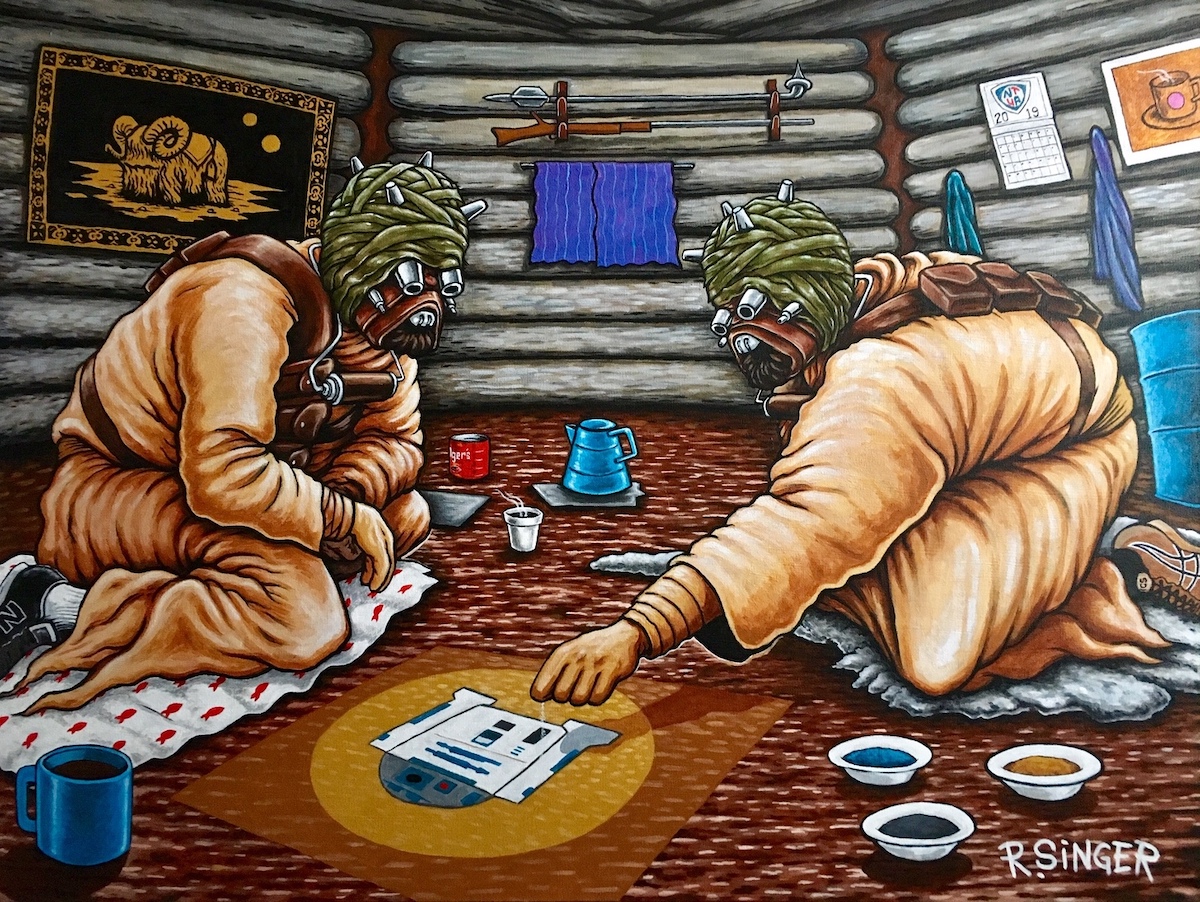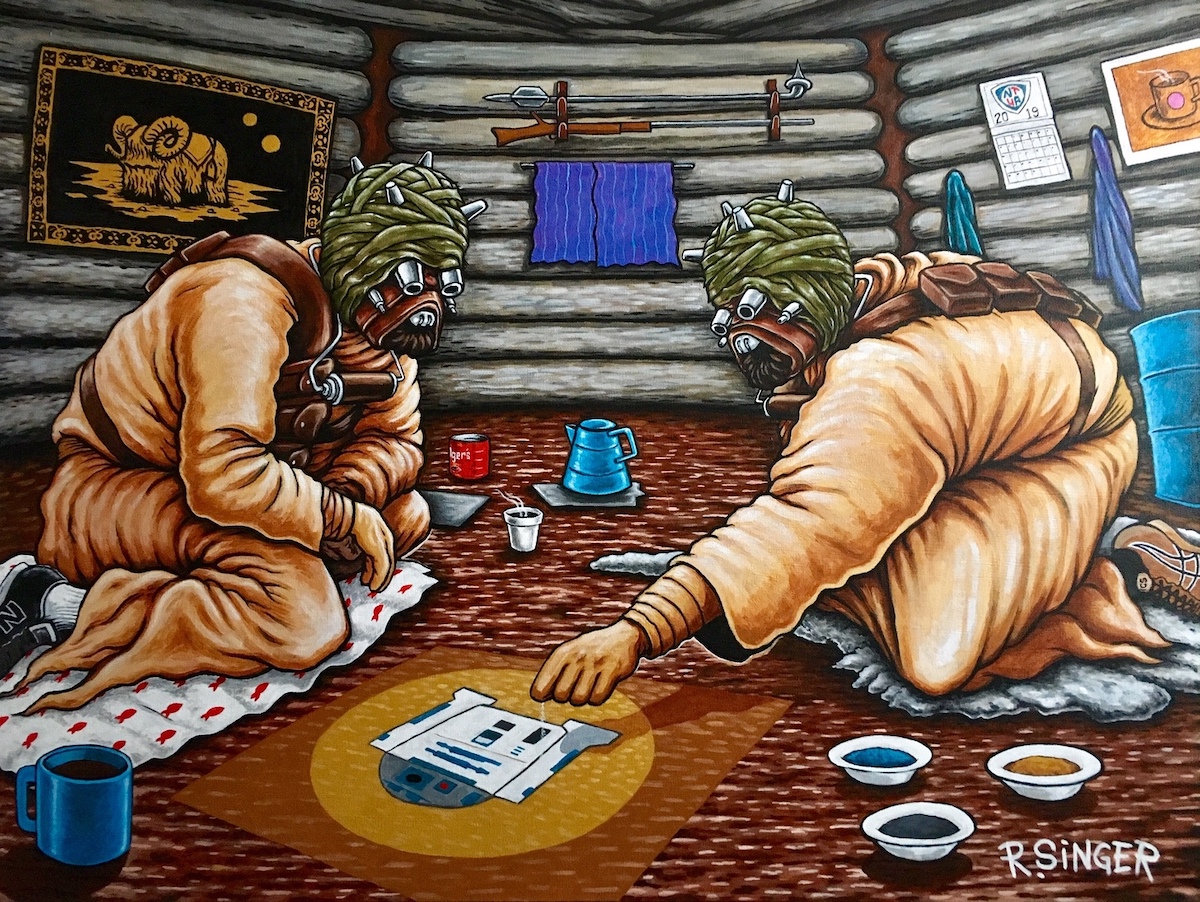San Diego Comic-Con may be known for its big-budget Marvel presentations, but the annual event also hosts a wealth of creativity from indie artists—including those pushing the boundaries of the genres we love. At SDCC 2023, some of those artists came together to discuss Indigenous futurisms on the panel “Indigenous Futures: Transcending Past, Present, Future.”
Anishinaabe author Grace Dillon first coined the term Indigenous futurisms to refer to Native art and writing that explores futuristic narratives through an Indigenous lens. “It is the community from within that is writing the stories,” she told CBC Spark in 2021. “And one important distinction, since it started in the science fiction field but soon grew way beyond that, is that there’s also an interest in it, rather than just looking at the body and the mind as a kind of binary or split.”
Like Afrofuturism, Indigenous futurisms overlap with pop culture, and that overlap brought four Indigenous artists—Weshoyot Alvitre, Jason Garcia, Ryan Singer, and Virgil Ortiz—to Comic-Con 2023 to talk about combining Native imagery with sci-fi-inspired costumes, worldbuilding, and iconography. Some artists, like Garcia and Ortiz, use media like ceramics and clay pigments to create futuristic characters and images. Others, like Alvitre and Singer, incorporate Western media into Native contexts. The four artists will be featured in an upcoming exhibition at the Autry Museum of the American West in Los Angeles, CA.
Each artist had their own perspective on creating Indigenous futurist art. Alvitre talked about seeing Indigenous futurisms as a way of taking back stories that have been appropriated and even weaponized by colonizers. Native works of art, she explained during the panel, “deal with many things that you see in futuristic sci-fi. I really wanted to take something that was taken from us and give it back to our community. So I’m focusing on Chinigchinich, [an account of California Native peoples] written by Friar Boscana … He wrote this as a means to learn more about our creation story, our ceremonies, and our religion, ultimately to use as a weapon to colonize us.”
The artists listed an eclectic mix of influences in their work: Star Wars, Heavy Metal, Aliens, Flash Gordon, and more. Singer, in particular, found that he identified with Star Wars as a child in the American Southwest, with the weatherbeaten landscapes in the Star Wars universe resembling the arroyos he grew up with. His work reflects that connection, depicting a Diné woman holding Grogu like the Virgin Mary, or Sand People working on a Diné sandpainting, in which colored sand is poured into a design on the ground.

Jason Garcia uses work like Tewa Tales of Suspense, a series of comic book covers created with clay pigments, to call attention to events in Native history like the Pueblo Revolt of 1680, in which the Pueblo people of Santa Fe de Nuevo México, lead by a man named Popé, rose up against Spanish colonizers.
Finally, Virgil Ortiz uses costume design to create futuristic characters and worlds, like his Blind Archers series.
In an era where it seems that established brands and franchises are constantly edging out more innovative work, it’s good to know that there are always artists experimenting with genre and form. The exhibition Indigenous Futures will run at the Autry Museum from September 15, 2024, to June 2026.
(featured image: Ryan Singer, used with permission)










Published: Jul 22, 2023 03:02 pm